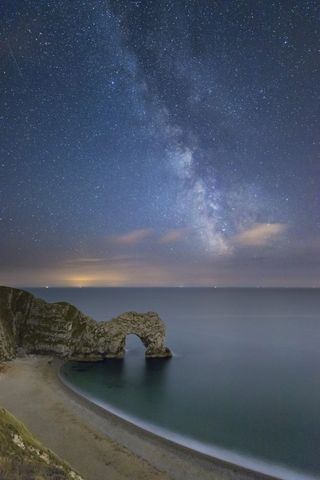
Every photographer has a go-to lens that’s a permanent fixture in their kitbag. Whether they’re shooting wildlife, sports, portraits, or any other kind of professional photography, the quality and reliability of the lens is paramount to success.
In the field, in sometimes challenging conditions, professionals need a lens they can depend on to deliver precision autofocus, speed and weather sealing to truly make the difference between capturing an iconic image and a wasted opportunity. Professional photographers of all stripes naturally turn to Canon’s L-series lenses for their excellent quality and reliability.
To anyone who knows anything about lens manufacturing, that won’t be a surprise. Sci-fi style robots, fault-hearing engineers, anti-static shoes – Canon's Utsunomiya lens factory is a hotbed of innovation and precision. Canon's L-series lenses are known around the world for their professional-quality build and sharp results, but to produce such outstanding lenses requires impressive levels of craftsmanship, attention to detail, and a few surprising practices, including the hand-testing and calibrating of every Canon L-series 16-35mm lens – not just the samples – ensuring that each lens meets the high standard expected in the premium line.
Here, the world’s leading photographers tell how the craft behind the lens helps them tell their story.
Alessandra Meniconzi - Canon EF 100mm f/2.8L Macro IS USM

Take this impactful profile, shot by documentary photographer and Canon Ambassador Alessandra Meniconzi, of a Mongolian eagle hunter. Alessandra had wanted to photograph these hunters for 18 years, finally travelling to the Altai Mountains in Mongolia in October 2017 to realise her dream. "The Canon EF 100mm f/2.8L Macro IS USM is great for flattering facial proportions and the f/2.8 aperture creates excellent depth of field,” she explains. “It is also very light and discrete. Moreover, the lens has been created for small details – the images really are razor sharp! And you can get closer to your subject."
David Noton – Canon EF 16-35mm f/2.8L III USM

Another photographer making good use of Canon lenses is Canon Ambassador David Noton, who captured this shot of Durdle Door in Dorset, England while the galactic centre (the brightest part) of the Milky Way was visible. "For night sky photography – when the maximum amount of starlight needs to be captured in an exposure lasting less than 20 seconds – quality lenses are a must, and the wider and faster, the better,” says David. “I'd previously tested the EF 16-35mm f/2.8L III USM lens and been impressed by its corner-to-corner performance at its maximum aperture of f/2.8, even at its widest focal length of 16mm. This L-series lens now resides virtually permanently in my camera bag."
Audun Rikardsen – Canon EF 70-200mm f/2.8L IS II USM

Norwegian photographer and Canon Ambassador Audun Rikardsen says that Canon L-series lenses help him capture the majesty of nature in his photographs of humpback whales arriving in Tromsø in Northern Norway to feed on overwintering herring. "They come during polar night, where there's no sun above the horizon, making the light and the weather conditions challenging,” says Audun. “The Canon EF 70-200mm f/2.8L IS II USM is my favourite lens for photographing the whales during this period because of it robustness, large aperture and accurate focus during low-light conditions. It always delivers, even in the most challenging conditions!"
To sign up to the Canon Europe newsletter, and read more about the Canon L-series lenses world-leading photographers are using, visit here.
The lead image in this article was shot by ©Christian Zeigler

Get daily insight, inspiration and deals in your inbox
Get the hottest deals available in your inbox plus news, reviews, opinion, analysis and more from the TechRadar team.
